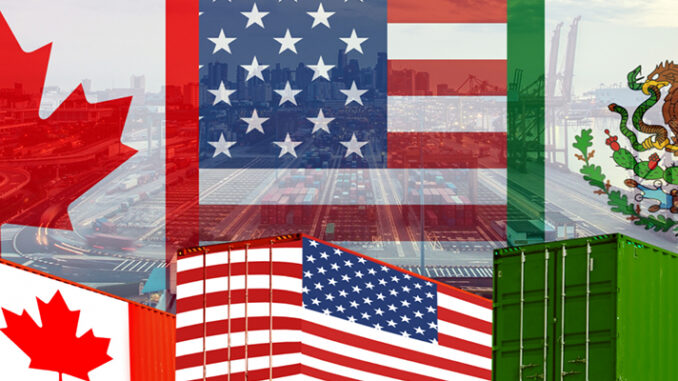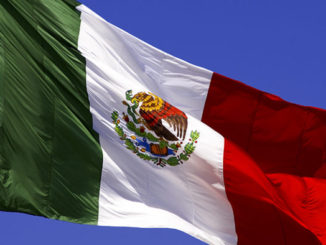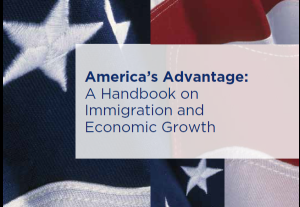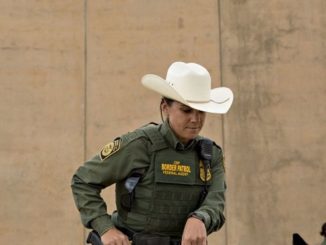
Responding to the pandemic demanded great adaptability by companies, workers and trade officials, who relied on virtual meetings to begin the USMCA’s implementation.
The trade ministers of the United States, Mexico and Canada met in Mexico City on July 7 to press forward with implementing the year-old United States-Mexico-Canada Agreement (USMCA) that replaced the North America Free Trade Agreement (NAFTA). The ministers publicly stressed the USMCA’s importance in ensuring that “our economies and the region remain competitive, inclusive and sustainable.” According to participants, they are in strong agreement to work collaboratively on the USMCA’s implementation to achieve its potential benefits, as well as resolving differences that arise.
The COVID-19 pandemic severely hampered the agreement’s implementation and shifting it into high gear can help boost economic recovery for all three countries by facilitating the $1.3 trillion a year in trade across North America. Mexico and Canada are the top trading partners of the United States and its top two export markets. More than 12 million U.S. jobs are supported by North America’s commerce.
The USMCA modernized trade provisions and added important commitments going beyond NAFTA, which won it bipartisan support in Washington. The new agreement offers businesses, farmers and workers the certainty of agreed rules that will govern North America’s commerce for at least 16 years. The USMCA has provisions for resolving disputes; incorporates new enforceable commitments regarding labor and the environment; includes new sectors such as the digital economy; and has ways to improve three-way cooperation to keep up with economic changes and global competition, including from China, in the years ahead.
But the agreement still needs to be tested and proven. Closed borders and workplaces raised serious concerns about meeting the USMCA’s new requirements, as well as about the resilience of global supply chains. The pandemic highlighted the value of relying on more trustworthy value chains with nearby partners such as Canada and Mexico.
Responding to the pandemic demanded great adaptability by companies, workers and trade officials, who relied on virtual meetings to begin the USMCA’s implementation. Modes of work across the continent changed in ways that will have lasting effects. Many trade-related lessons from the last year still need to be consolidated and institutionalized as North America recovers from the pandemic’s economic devastation.
The political transition in the White House also delayed USMCA’s implementation. The Trump administration’s ambitions were tempered, and the Biden administration has only slowly gotten staff and policy in place.
However, the three governments now appear to be focused on progressing more rapidly. The three trade ministers made this clear in a Wilson Center event on June 30, where they highlighted the value of working together to support innovation and development of new technologies, and to sell North American products around the world. They argue that the USMCA should benefit workers, businesses (large and small), and farmers – reflecting the Biden administration’s “worker-centric” theme, which Canadian and Mexico officials say they share. This same focus was evident in this week’s meetings.
Given the USMCA’s great potential, the Wilson Center will continue its series of events and discussions exploring aspects of the USMCA and related North American cooperation. Among the issues raised in discussions were how best to implement the agreement’s new rules of origin; determining if a vehicle gets duty-free treatment, something that’s especially important since vehicles account for about 25 percent of North American trade; improving border and travel management; enhancing supply chain reliability; achieving Mexican labor reforms and testing labor provisions; managing Mexico’s proposed energy reforms that may violate the USMCA; developing a North American electric vehicle industry; enhancing workforce development cooperation to better upskill workers; and making the best use of the USMCA’s future-looking Competitiveness Committee.
Clearly, much work remains to implement and demonstrate the value of the agreement, including by resolving problems, but three cross-cutting themes emerged from discussions:
Assuring that the rules-based processes will be followed: There is a need for all three governments to make clear that they will respect and enforce the USMCA’s commitments and rules, and that companies, farmers, workers and consumers can have the certainty that the agreement’s mechanisms will effectively solve problems, whenever possible, before there is a need to resort to dispute settlement and/or sanctions.
Assuring stakeholder involvement: Stakeholders must be involved in dialogues about finding solutions to problems and about developing forward-looking opportunities. Government-to-government discussions are vital, but stakeholders also must be engaged regularly, including in bilateral and trilateral conversations about making improvements on the U.S. northern and southern borders. Engaging stakeholders will help build support for the USMCA, keep it relevant to people, and provide good ideas for priorities and solutions.
Assuring “whole-of-government” and forward-looking solutions: The USMCA’s management will be guided by the three trade ministers in a body called the USMCA Free Trade Commission.
While acknowledging the central role of trade ministers, many stakeholders and experts believe that other government agencies must be involved in solving problems and making the most of opportunities for increased competitiveness. Key issues often go far beyond the scope of trade ministries, so multi-agency groups should help deal with such problems, whether it be improving flows of cross-border commerce, strengthening supply chains, successfully upskilling workers, more effectively engaging smaller businesses, or keeping North America competitive.
There is great enthusiasm for moving ahead with the USMCA’s implementation and strong conviction by many that the three countries can build prosperity and create good jobs along the way.
.
Earl Anthony Wayne is a retired U.S. career ambassador, a Wilson Center public policy fellow, and a diplomat in residence at American University.



